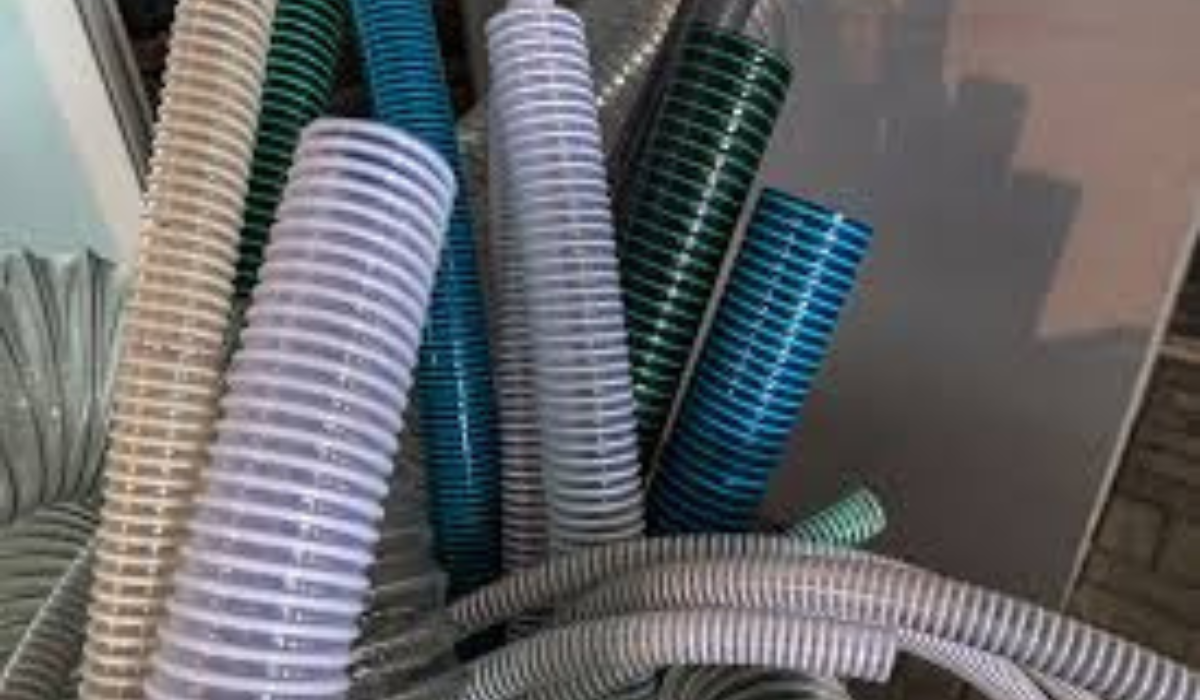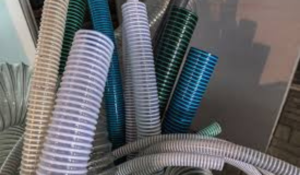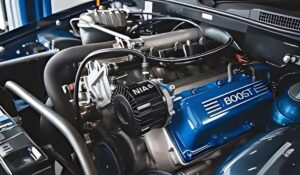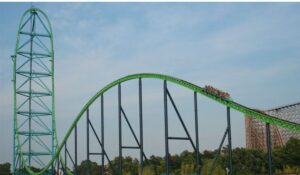Flexible air connectors play a crucial role in HVAC (Heating, Ventilation, and Air Conditioning) systems, providing the necessary flexibility to accommodate movement and vibration while ensuring efficient airflow. However, one of the critical aspects of installing these connectors is understanding their maximum installed length. This article will delve into the specifications, implications, and best practices related to the maximum installed length of flexible air connectors.
What is a Flexible Air Connector?
A flexible air connector is a type of ducting that allows for the connection of rigid ductwork to HVAC equipment, such as air handlers, fans, or diffusers. These connectors are typically made from materials like fabric, rubber, or plastic, designed to withstand the pressures and conditions of air distribution systems. Their flexibility allows for easier installation and adjustment, especially in spaces where rigid ducting would be difficult to maneuver.
Importance of Maximum Installed Length
The maximum installed length of a flexible air connector is a critical specification that ensures the efficiency and effectiveness of an HVAC system. Exceeding this length can lead to several issues, including:
- Increased Air Resistance: Longer connectors can create additional resistance to airflow, leading to decreased efficiency and increased energy consumption.
- Reduced Airflow: As the length of the connector increases, the cross-sectional area available for airflow may decrease, resulting in reduced airflow to the intended areas.
- Potential for Noise: Longer connectors can amplify noise generated by the HVAC system, leading to an uncomfortable environment.
- Increased Wear and Tear: Excessive lengths can lead to more movement and vibration, which may cause premature wear on the connector and associated components.
- Compromised System Performance: Overall, exceeding the maximum installed length can compromise the performance of the entire HVAC system, leading to higher operational costs and reduced comfort levels.
Determining the Maximum Installed Length
The maximum installed length of a flexible air connector is typically specified by the manufacturer and can vary based on several factors, including:
- Connector Material: Different materials have different properties, affecting their performance at various lengths.
- Diameter of the Connector: Larger diameter connectors may have different maximum lengths compared to smaller ones.
- Application: The intended use of the connector (e.g., residential vs. commercial) can influence the specifications.
- Airflow Requirements: The required airflow for the system can also dictate the maximum length.
To determine the appropriate maximum installed length for a specific application, it is essential to consult the manufacturer’s guidelines and specifications. These documents will provide the necessary information to ensure compliance with industry standards and optimal system performance.
Best Practices for Installation
When installing flexible air connectors, adhering to best practices is essential to ensure optimal performance and longevity. Here are some key guidelines to follow:
1. Consult Manufacturer Specifications
Before installation, always refer to the manufacturer’s specifications for the flexible air connector. This documentation will provide critical information regarding the maximum installed length, material properties, and installation techniques. Following these guidelines helps prevent issues related to airflow and system efficiency.
2. Measure Accurately
Accurate measurements are crucial when determining the length of the flexible air connector needed for your installation. Measure the distance between the rigid duct and the HVAC equipment carefully, accounting for any bends or turns that may affect the overall length. It’s advisable to allow for some slack in the connector to accommodate movement without exceeding the maximum length.
3. Minimize Bends and Turns
While flexible air connectors are designed to accommodate some degree of movement, excessive bends and turns can increase airflow resistance and reduce efficiency. Aim to keep the connector as straight as possible, and avoid sharp bends. If bends are necessary, use gradual curves to minimize resistance.
4. Support the Connector Properly
To prevent sagging or excessive movement, ensure that the flexible air connector is adequately supported. Use hangers or brackets to secure the connector at regular intervals, especially if it is longer than the recommended length. Proper support helps maintain the integrity of the connector and ensures consistent airflow.
5. Avoid Overstretching
When installing the connector, avoid overstretching it beyond its designed length. Overstretching can lead to damage, reduced flexibility, and increased wear over time. Ensure that the connector is installed within the specified maximum length to maintain its performance.
6. Inspect for Damage
Before installation, inspect the flexible air connector for any signs of damage, such as tears, holes, or wear. Damaged connectors can lead to air leaks, reducing system efficiency and increasing energy costs. If any damage is found, replace the connector before proceeding with installation.
7. Seal Connections Properly
To prevent air leaks, ensure that all connections between the flexible air connector and the rigid ductwork or HVAC equipment are sealed properly. Use appropriate sealing materials, such as duct tape or mastic, to create airtight seals. This practice enhances system efficiency and prevents energy loss.
8. Regular Maintenance and Inspection
After installation, regular maintenance and inspection of the flexible air connector are essential. Check for signs of wear, damage, or air leaks periodically. Address any issues promptly to maintain optimal system performance and prevent costly repairs.
Conclusion
Understanding the maximum installed length of a flexible air connector is vital for ensuring the efficiency
and effectiveness of your HVAC system. By following the best practices outlined above, you can ensure that your installation is compliant with manufacturer specifications and operates at peak performance. Regular maintenance and inspections will help prolong the life of the flexible air connectors and maintain the overall efficiency of your HVAC system.
Additional Considerations
- Temperature and Environment: Be mindful of the temperature and environmental conditions where the flexible air connector will be installed. Extreme temperatures or exposure to harsh chemicals can affect the material properties and longevity of the connector.
- Compatibility with System Components: Ensure that the flexible air connector is compatible with the other components of your HVAC system. This includes checking the diameter and material to ensure a proper fit and function.
- Professional Installation: If you are unsure about the installation process or the specific requirements for your system, consider hiring a professional HVAC technician. They can provide expertise and ensure that the installation meets all necessary standards and regulations.
By adhering to these guidelines and considerations, you can optimize the performance of your HVAC system and ensure that it operates efficiently for years to come.







































